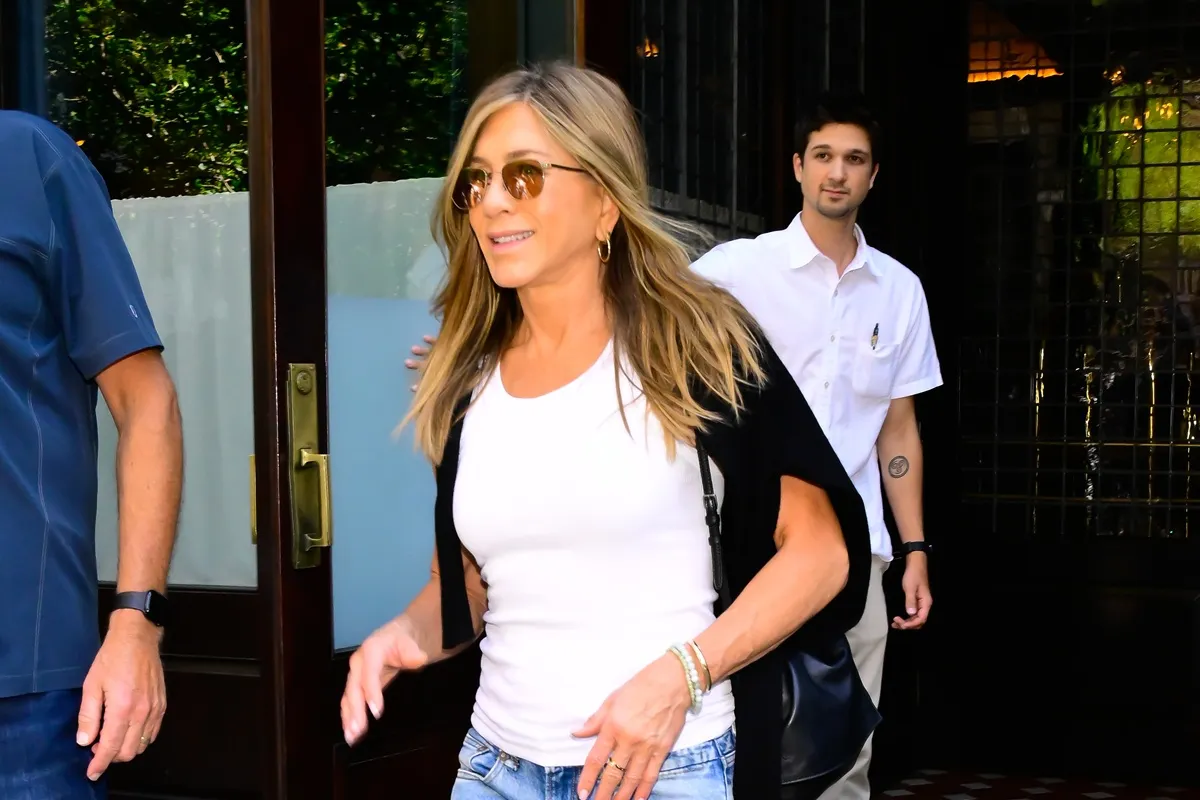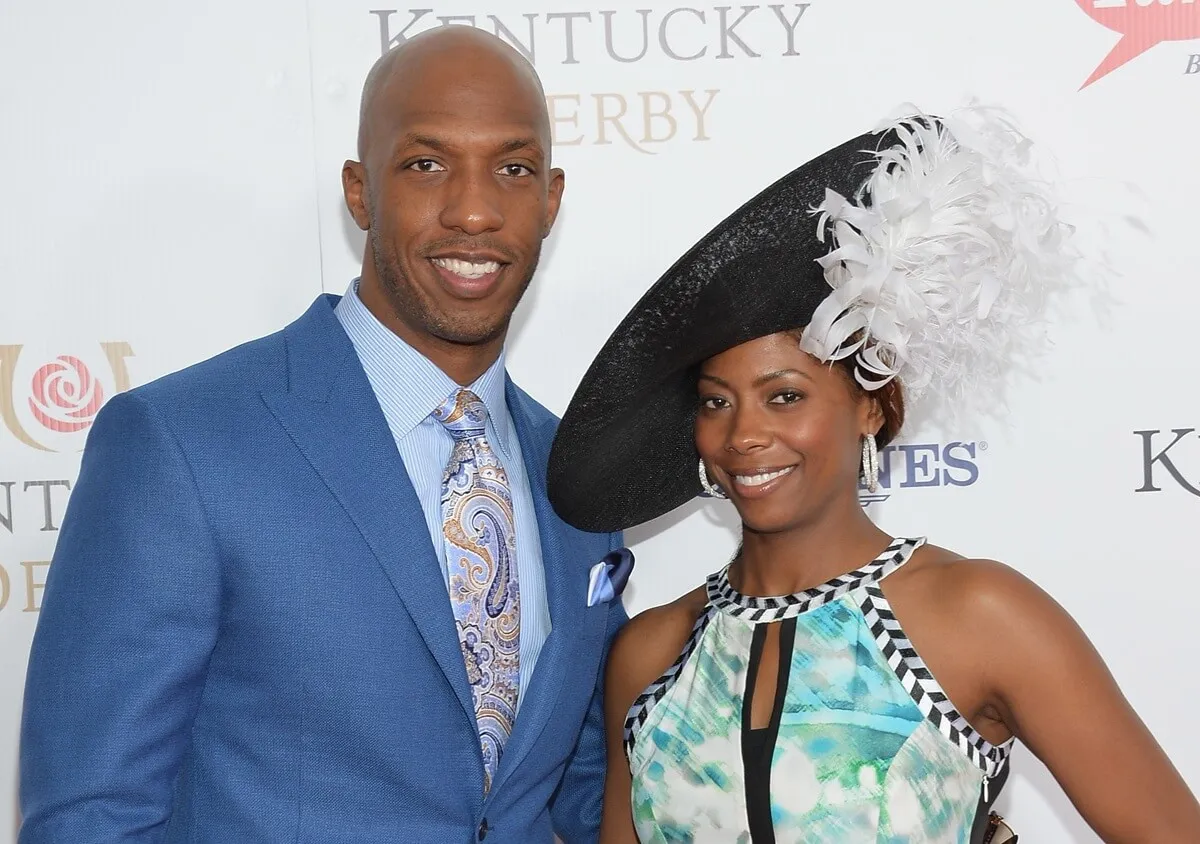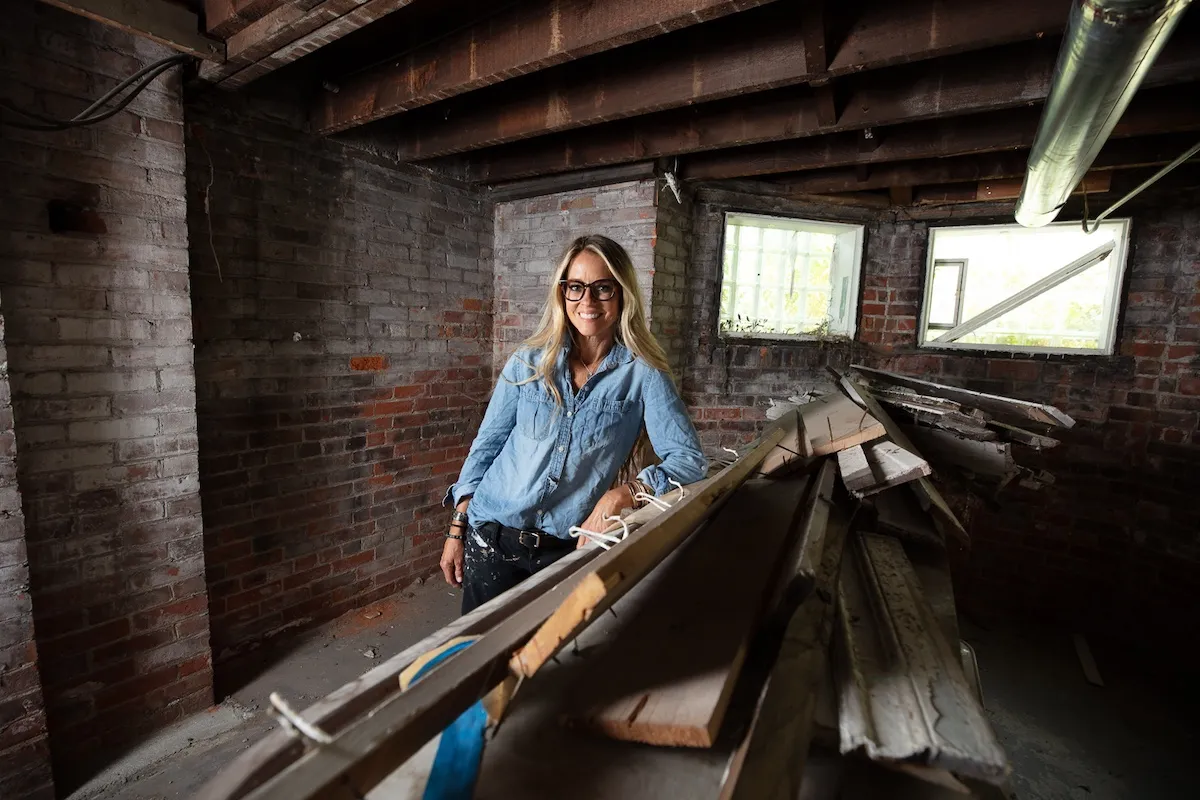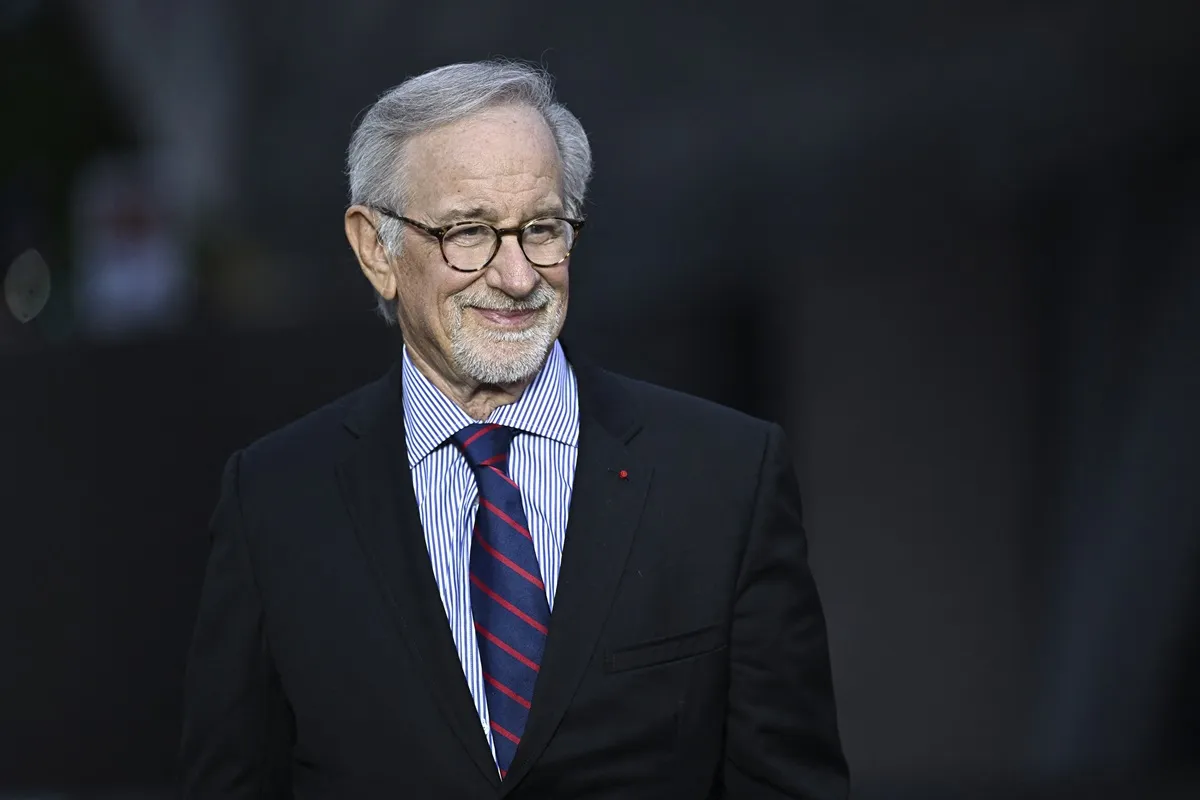
Steven Spielberg Once Shared How the ‘Jaws’ Shark Breaking Down Helped the Movie
Steven Spielberg created one of cinema’s most terrifying horror creatures in Jaws. But the shark used for the film experienced a few mechanical issues that, according to the filmmaker, only improved the movie.
How Steven Spielberg worked around ‘Jaws’ mechanical problems
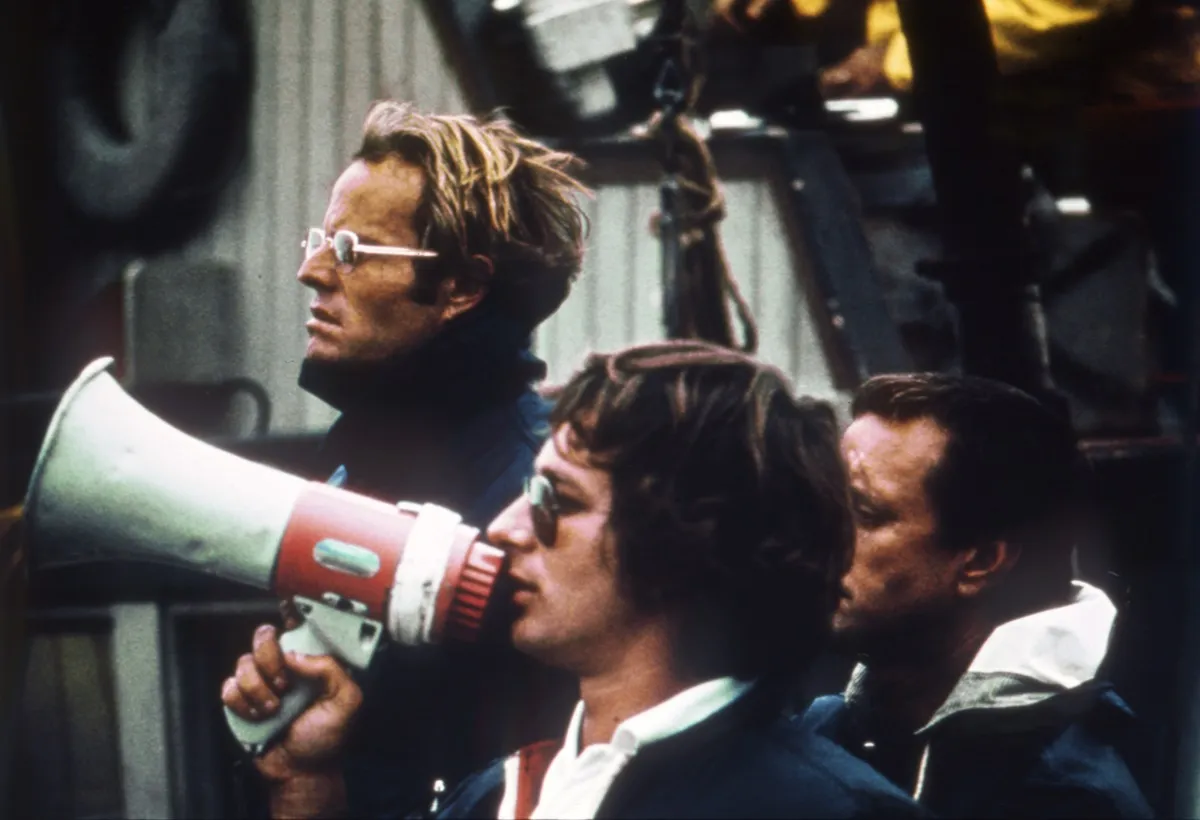
Filming his 1975 creature feature wasn’t easy for Spielberg. In an interview with Entertainment Weekly, the director confided that shooting the movie went smoothly at first. If only because many of the scenes he and his crew shot were based on land.
“I was feeling completely confident for the first 35 days of shooting because I was on schedule,” Spielberg said. “It was all the land stuff. Interior Brody’s house, exterior Brody’s house, interior the city selectman chamber… Even some of the stuff with Chrissie Watkins being killed at the opening of the story, that was all land-based stuff. It was only when we went out to sea for our, I guess, 25 or 30 days of photography that everything went pear-shaped.”
One of the problems that arose was the Jaws shark malfunctioning, which briefly caused the film to come to a grinding halt. Spielberg had to rework the script thanks to the mechanical mishap. But he asserted the film came out better for it.
“The shark not working was a godsend,” Spielberg once told Ain’t It Cool News. “It made me become more like Alfred Hitchcock than like Ray Harryhausen in the sense that Ray Harryhausen in his day could do anything he wanted because he had control of his art. When I didn’t have control of my shark it made me kind of rewrite the whole script without the shark. Therefore, in many people’s opinions the film was more effective than the way the script actually offered up the shark in at least a dozen more scenes that today is history.”
How Steven Spielberg avoided being fired from ‘Jaws’
Jaws producers Dick Zanuck and David Brown seemed to be getting impatient with the feature’s progress. They brought their concerns to Spielberg himself. Reading between the lines, the filmmaker was able to decipher from their conversations that his job might’ve been in jeopardy. He credited longtime friend and executive Sid Sheinberg for preventing his firing.
“Sid Sheinberg always blocked it. Dick Zanuck and David Brown always told me that the other shoe was about to drop,” Spielberg said. “They didn’t warn me to threaten me or to intimidate me — they just said, ‘Is there anything you can do with the script, with the schedule, to avert a shutdown?’ And I didn’t have anything to do, because I couldn’t cut the script. I couldn’t cut the third act out of Jaws! I had to just keep moving forward, and the schedule was dictated by the mechanical shark and by the weather conditions. Every time there was an intention to replace me, Sid stepped in quietly behind the scenes and stopped it.”
Spielberg also asserted that the terrain was responsible for much of the film’s production issues. They could’ve easily shot Jaws in a tank, but the filmmaker felt this would’ve limited the movie’s potential.
“So I insisted on open sea, but innumerable physical problems came along with that decision. What we had to do was find open sea where you couldn’t see land, and where there was a 30-foot flat sandy bottom so the shark sled would have some place to rest. It had to be 30 feet, because if it was 40 feet, the shark could never get out of the water. We had a shark arm that only went up so high. The problem with shooting in the shallows 10 to 12 miles out to sea is that the shallows pile on the waves. You don’t get breaking waves out there, but you get some swells. So we picked the worst place in the world to shoot,” he said.
The headache of shooting Jaws was well worth it. Spielberg solidifed his career as a top director thanks to his work, while creating one of the film industry’s most memorable franchises.
